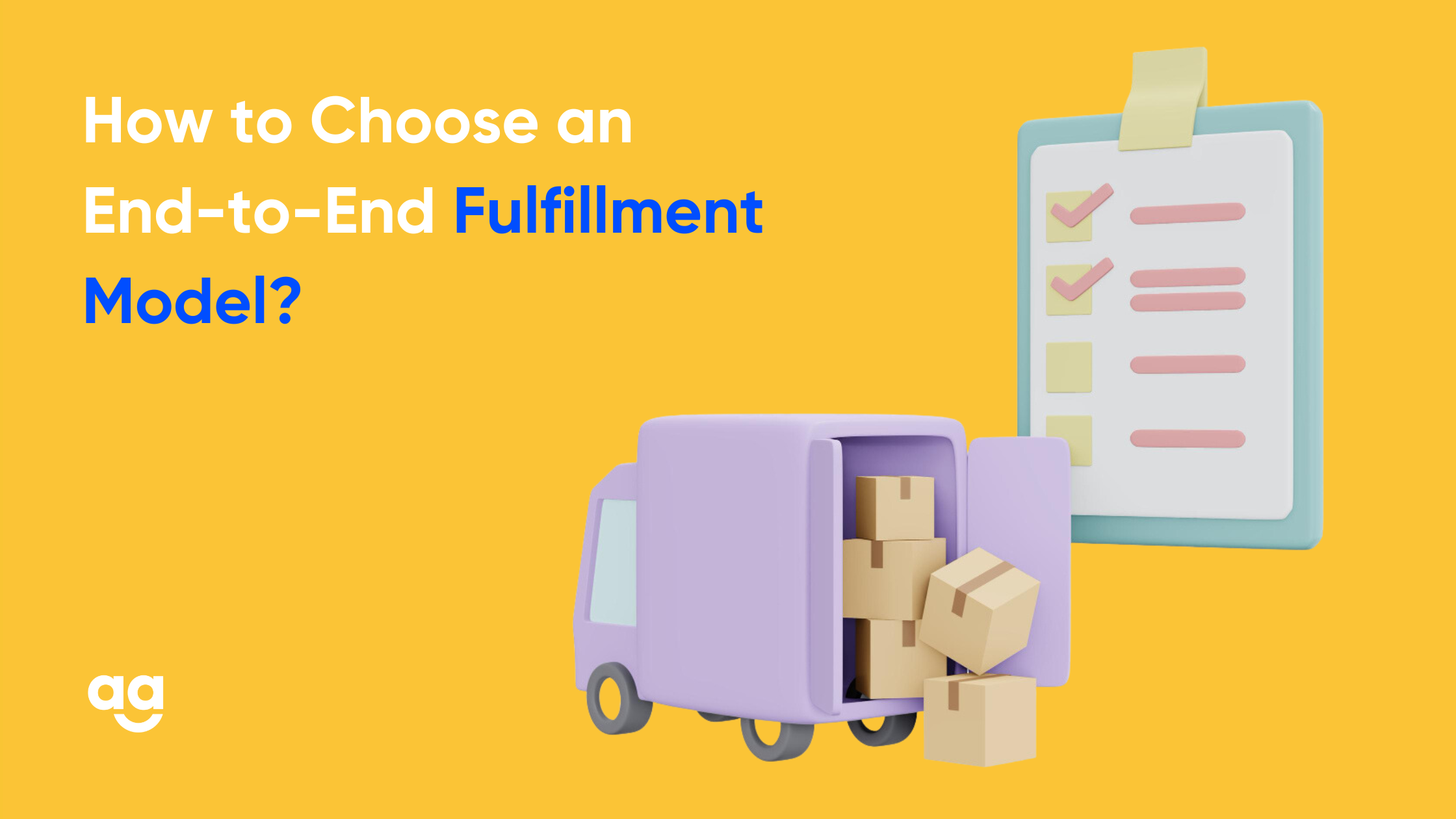Introduction
If you’re an e-commerce business, one of the most crucial decisions you’ll have to make is how to handle your order fulfillment process. An efficient and reliable fulfillment model can make or break your business. Selecting the right end-to-end fulfillment model can help you achieve operational excellence, reduce costs, improve customer satisfaction, and ultimately, drive growth.
What is an End-to-End Fulfilment Model?
End-to-end fulfilment refers to the complete process of order fulfilment from receiving an order to delivering it to the customer. This process involves several steps, including order management, inventory management, picking, packing, shipping, and delivery. An end-to-end fulfillment model covers all these steps and ensures that each step is completed seamlessly to provide a superior customer experience.
There are several different types of end-to-end fulfilment models available, and choosing the right one can be a challenging task. In this blog, we’ll explore the factors to consider when choosing an end-to-end fulfilment model and the different models available to help you make an informed decision.
End-To-End Fulfilment Models
In-House Fulfilment
In this model, businesses handle all aspects of the fulfilment process in-house, right from order processing to shipping and delivery. Although this model provides better control and scope for customization over the entire supply chain process, it can also be expensive and resource-intensive. In-house fulfilment requires businesses to invest in a warehouse space, inventory management systems, transportation infrastructure, and skilled staff. The in-house fulfillment model is best suited for businesses that have high volume, consistent demand, and the resources to manage their own fulfilment process.
Outsourced Fulfilment
In this model, businesses outsource their fulfilment process to a third-party provider, who takes care of everything from receiving orders to shipping and delivery. Since businesses do not need to invest in infrastructure or staffing, this model provides cost savings and flexibility. Normally, outsourced fulfilment providers have specialized knowledge and expertise in handling the entire fulfillment process, which helps businesses improve their logistics and distribution operations. The only downside of outsourcing fulfilment is reduced control over the supply chain process, which may be a concern for some businesses.
Dropshipping
Dropshipping involves partnering with a supplier who fulfills orders on your behalf. In this model, you only handle the marketing and sales of products, while the supplier handles the rest of the fulfilment process. Dropshipping can be an attractive option for small businesses that don’t have the resources to manage their own fulfilment process.
Hybrid Fulfillment
The hybrid fulfilment model has elements of both in-house and outsourced fulfilment, thus, striking a balance between control and cost efficiency. Hybrid fulfilment can be achieved in various ways, by using a mix of in-house and outsourced providers to handle different parts of the fulfilment process. This model provides businesses with the flexibility to adapt to changing market conditions and optimize their supply chain process based on their specific needs.
Factors to Consider When Choosing a Fulfilment Model
A lot of considerations need to be made when choosing a fulfiling model. Start by assessing the business’ supply chain, technology, and customer service standards. The correct fulfillment model for your business is the one that optimizes delivery and increases revenue.
1. Size and volume
The volume of your orders can influence the type of end-to-end fulfilment model you choose. If your business receives a large number of orders, you may need to opt for a model that can handle high order volumes without impacting the quality of service. So, for instance, a third-party fulfilment service may be cheaper for smaller firms than in-house fulfilment for bigger ones.
2. Product type
The type of product you sell can impact your fulfilment model. For example, fragile items may require extra packaging and handling, while heavy items may require specialized equipment to lift and move. Furthermore, if you sell huge, heavy items, drop-shipping may not work, and you may need to fulfill orders in-house.
3. Delivery speed
Many customers value the fastest parcel delivery, so you need to choose a fulfilment plan that meets your delivery times. To satisfy next-day delivery, you may need to complete orders in-house.
4. Cost
Consider handling, storage, and shipping costs when choosing a fulfilment strategy. Compare upfront and continuing model costs and choose a model that fits within your budget and provides value for money.
5. Inventory management
A model that enables inventory management is essential to a successful fulfilment process. You may need a real-time inventory tracking approach if you offer several products.
6. Customer Expectations
Your customers’ expectations regarding delivery time, packaging, and product quality can impact the fulfilment model you choose. If your customers expect fast delivery, you may need to opt for a model that can handle same-day or next-day shipping.
Having a solid understanding of the key factors to consider when selecting a fulfilment model is a crucial first step, but it’s just the beginning. To ensure successful end-to-end fulfilment, it’s important to also follow best practices in order to achieve your desired outcomes. The following section will outline these best practices and provide guidance on how to implement them in your organization.
Wrapping Up
In conclusion, selecting the right end-to-end fulfilment model is a critical decision that can significantly impact your business’s success. By considering the factors mentioned above and exploring the different types of models available, you can choose a model that fits your specific needs, goals, and budget.
Whether you opt for in-house fulfilment, third-party logistics, dropshipping, or a hybrid model, the key is to ensure that your chosen model provides a seamless, efficient, and reliable fulfilment process that meets your customers’ expectations. With the right end-to-end fulfilment model, you can enhance your business’s operational excellence, reduce costs, improve customer satisfaction, and drive growth.







 Shipping
Shipping







